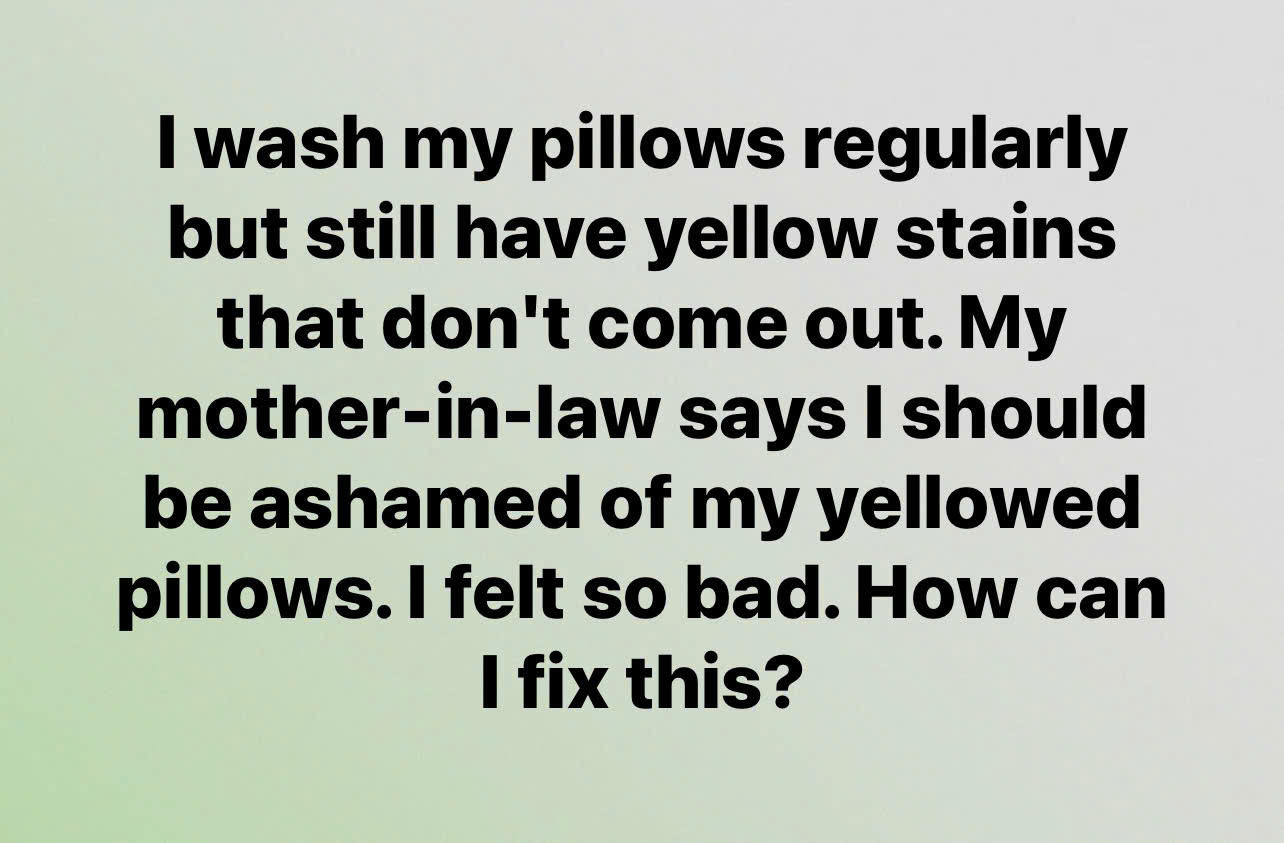
Understanding the Causes of Yellow Stains
What Causes Yellow Stains on Pillows?
Yellow stains on pillows often result from a combination of sweat, natural oils from your skin, and dust mites. These elements build up over time, especially if you don’t wash your pillows regularly.
Why Should You Care?
Not only are those stains unsightly, but they can also harbor allergens and bacteria. Keeping your pillows clean can improve your sleep quality and overall health.
Preparing to Clean Your Pillows
Gather Your Supplies
Before you get started, you’ll need a few supplies:
- Mild detergent
- Baking soda
- White vinegar
- A soft brush or cloth
- A washing machine (for machine-washable pillows)
Check Care Labels
Always check the care label on your pillows. Some materials require special care, and knowing this can prevent damage during cleaning.
The Simple Cleaning Process
Step 1: Remove Pillow Covers
First things first—remove any pillow covers or cases. This allows you to clean the pillows themselves more effectively.
Step 2: Spot Test the Cleaning Solution
Before applying any cleaning solution, do a spot test on a small area of the pillow. This ensures that the cleaning agents won’t discolor or damage the fabric.
Step 3: Create a Cleaning Solution
Mix a solution of warm water, a cup of white vinegar, and a half-cup of baking soda. This powerful combination will help break down the yellow stains.
Step 4: Apply the Solution
Using a soft brush or cloth, gently apply the cleaning solution to the yellow stains. Be sure to work it into the fabric without aggressive scrubbing.
Machine Washing Your Pillows
Step 5: Wash the Pillows
If your pillows are machine washable, toss them into the washing machine with your usual detergent. Adding a cup of vinegar during the rinse cycle can enhance the cleaning effect.
Step 6: Dry Thoroughly
After washing, dry your pillows thoroughly. Use a dryer on a low heat setting and add a couple of clean tennis balls to help fluff them up. Make sure they’re completely dry to prevent mold growth.
Alternative Cleaning Methods
Using Hydrogen Peroxide
For particularly stubborn stains, consider using a mixture of hydrogen peroxide and dish soap. Apply it directly to the stains, let it sit for about 30 minutes, then rinse thoroughly.
Lemon Juice Magic
Lemon juice can also work wonders! Its natural bleaching properties help lighten stains. Mix lemon juice with water and apply it to the affected areas.
Preventing Future Stains
Invest in Pillow Protectors
Using pillow protectors can shield your pillows from sweat and oils. They act as a barrier, making cleaning easier.
Regular Washing Routine
Establish a regular washing schedule for your pillows. Aim to wash them every three to six months to keep them fresh and clean.
Common Mistakes to Avoid
Skipping the Rinse Cycle
Always rinse your pillows thoroughly after cleaning. Residue from detergents can attract dirt and cause new stains.
Using Hot Water
Hot water can set stains, making them more challenging to remove. Stick with warm or cool water for washing.
Neglecting Drying
Failing to dry your pillows completely can lead to mildew growth. Always ensure they are fully dry before putting them back on your bed.
Additional Tips for Keeping Pillows Fresh
Air Them Out Regularly
Take your pillows outside for some fresh air and sunlight. This can help kill any bacteria and reduce odors.
Use Essential Oils
A few drops of lavender or eucalyptus oil can add a pleasant scent to your pillows. Just remember to dilute it with water!
Rotate Your Pillows
Flipping and rotating your pillows regularly can help them wear evenly and reduce the buildup of stains.
Wrapping It All Up
Dealing with yellow stains on your pillows doesn’t have to be a daunting task. With the right techniques and a little bit of effort, you can restore them to their former glory. Regular maintenance and cleaning will not only enhance the appearance of your bedding but also contribute to a healthier sleeping environment. So, grab those supplies and get ready to say goodbye to those unsightly stains for good!





